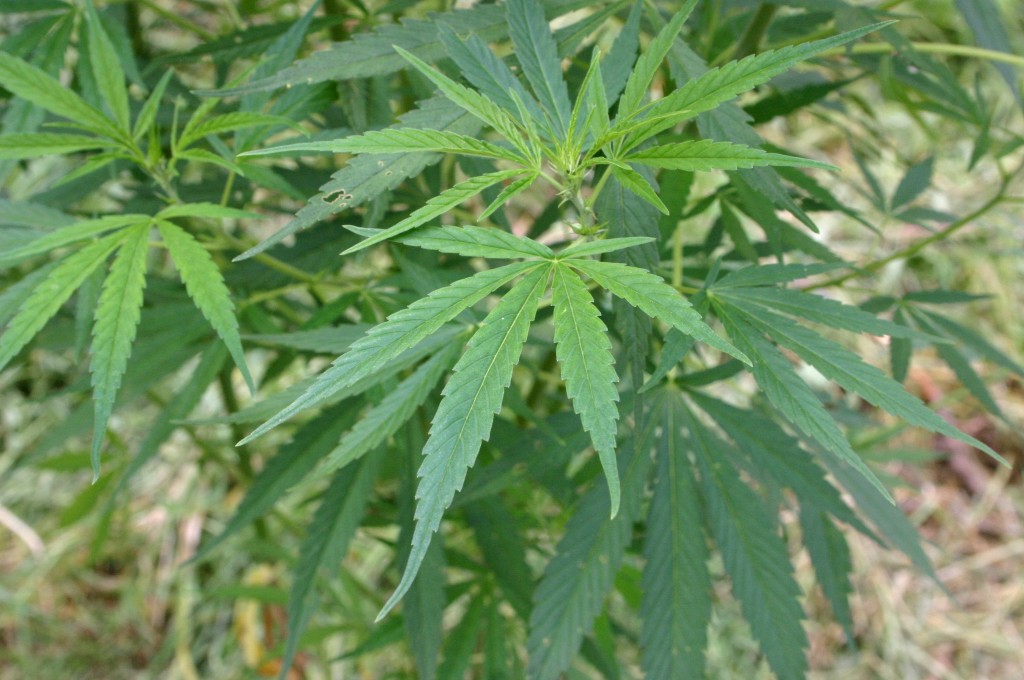Seventeen states plus the District of Columbia have
legalized marijuana for medicinal purposes. In those areas, people can get a
prescription from their doctors to use marijuana, which can be filled at medical marijuana dispensaries (MMD). The fact that this action puts
these states into conflict with federal law is not something I wish to get into
at the moment. Instead, I’ll let
Nancy Kepple and Bridget Freisthler from the University of California, Los
Angeles answer the question of how these marijuana outlets affect the local crime rate.
 You might think that dispensing a commodity that is both in
high demand and generally illegal would guarantee a high localized crime rate,
all the more so because such businesses are mostly cash-based. The
dispensaries, the employees and even the customers (on their way in with cash
or out with marijuana) are likely targets for attack.
You might think that dispensing a commodity that is both in
high demand and generally illegal would guarantee a high localized crime rate,
all the more so because such businesses are mostly cash-based. The
dispensaries, the employees and even the customers (on their way in with cash
or out with marijuana) are likely targets for attack.
To see if this was so, the authors divided Sacramento into
95 tracts and marked the locations of all known MMDs as of June 16, 2009. They
then compared the crime rate in those various tracts. Neighborhoods with a high
density of marijuana outlets did not have more crime than regions with few or
no outlets.
In 2001 Portugal decriminalised most drugs (including heroine, cocaine, marijuana, LSD etc.) and instead sent people to rehab (if needed). They have seen massive decreases in related diseases - new HIV rates down to a quarter of what they were in 2001 - and drug related crime is also down significantly.
ReplyDeleteI agree it's a touchy and difficult subject(s) to broach, but criminialisting, jailing and stigmatising people has failed. A new, open and adult approach that fits with the age we live in is obviously the way forward.
I couldn't agree more.
ReplyDelete